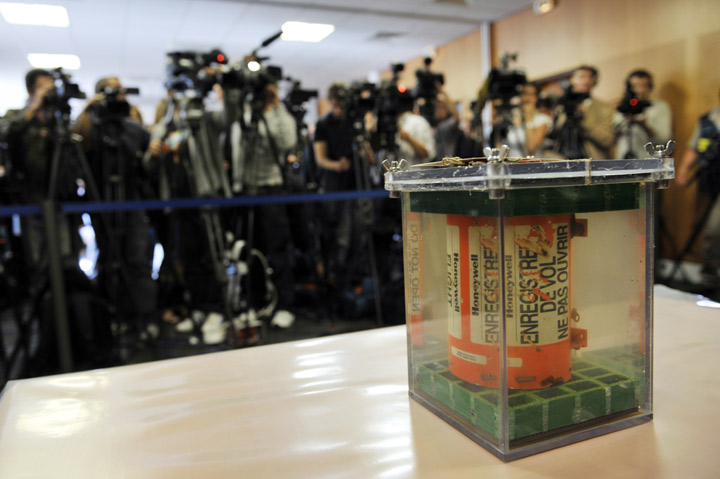TORONTO – As the search for the missing Malaysian Airlines Flight MH370 passes the one-month mark, many are asking how the aviation industry can prevent another plane from simply disappearing.

For weeks, the investigation has hung on locating the plane’s black boxes, which emit ‘pings’ to help specialized search crews locate the devices underwater.
The black boxes aren’t only the search crew’s best hope of finding the wreckage; the devices – which contain both flight data and cockpit voice recordings – are the key to solving the mystery of what led Flight MH370 to go down in the first place.
READ MORE: Finding black boxes ‘matter of urgency’ in Flight MH370 investigation
But experts are questioning why the aviation industry hasn’t turned to live-streaming black box data, especially when the technology already exists.
It’s not a crazy idea in today’s hyper-connected world.
A modern plane like the Malaysian Airlines Boeing 777 is full of computers and sensors collecting thousands of data points – not unlike a network of computers that backs up information to the cloud.
Of course, planes would emit much more data than the average network, but not everything would have to be streamed in order to prevent a disaster like MH370.
- Enter at your own risk: New home security camera aims paintballs at intruders
- High benzene levels detected near Ontario First Nation for weeks, residents report sickness
- Boston Dynamics unveils ‘creepy’ new fully electric humanoid robot
- Ontario First Nation calls for chemical plant to be shut down amid ‘dangerously high’ benzene levels
Doug Perovic, a professor in the University of Toronto’s department of materials science and engineering, believes that by streaming something as minimal as the plane’s geo-location, airliners could prevent another case like this one.
READ MORE: What is a black box and how does it work?
“If something goes wrong then you can have the system kick in and start streaming a lot more information to either help the plane before something tragic happens, or whatever might happen afterwards,” Perovic told Global News.
Perovic, a forensic engineer, teaches the only forensic engineering course in Canada. The expert said he is surprised that the industry has not yet put streaming technology to use when it is readily available.
In 2010, Canadian aircraft manufacturer Bombardier announced its CSeries narrow-body jets, which came to market in 2013, would be the first commercial planes with the capability to transmit data instead of just recording it.
The U.S. National Transportation Safety Board (NTSB) has also confirmed that it was studying the possibility of live-streaming flight data after the Air France crash.
Even Canadian aviation companies are developing similar solutions.
Calgary-based FLYHT Aerospace Solutions has developed a satellite and Internet-based system that allows data to be streamed to monitor aircraft systems and flight path, as well as provide voice data and text services.
The technology, called Automated Flight Information Reporting System (AFIRS), is already being used by 40 airlines and business jet operators, according to a report by Reuters.
The technology could even help airliners lower cost overall.
READ MORE: Another jet-search mystery: How much it’s all costing
“You could use it for trouble-shooting or maintenance issues and deal with it before the plane lands,” Perovic said. “If they can monitor how the plane is flying, it might even save on fuel costs.”
Still, cost is the most likely argument against live-streaming flight data.
The airline industry is known for its low profit margins and companies are constantly coming under pressure to reduce fees. Customers will also be reluctant to pay additional fees for technology that would be used in the extremely rare event of a catastrophic event, Perovic added.
“The cost-cutting measures and the economics of air travel these days are very much scrutinized,” he said. “But that’s not an argument against having a minimum amount of information to prevent what we are seeing now with this Malaysian flight.”




Comments